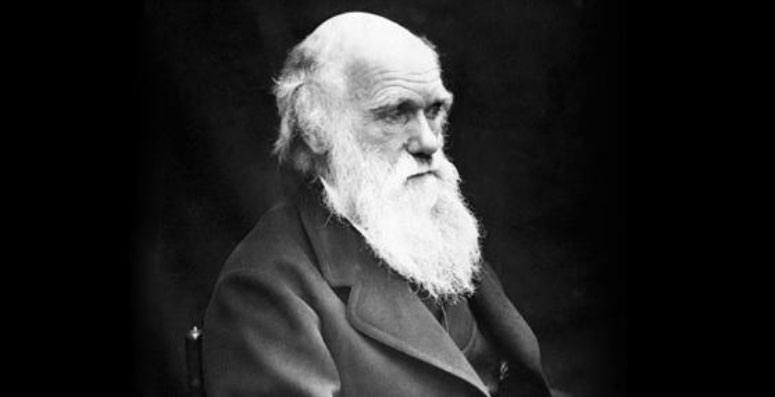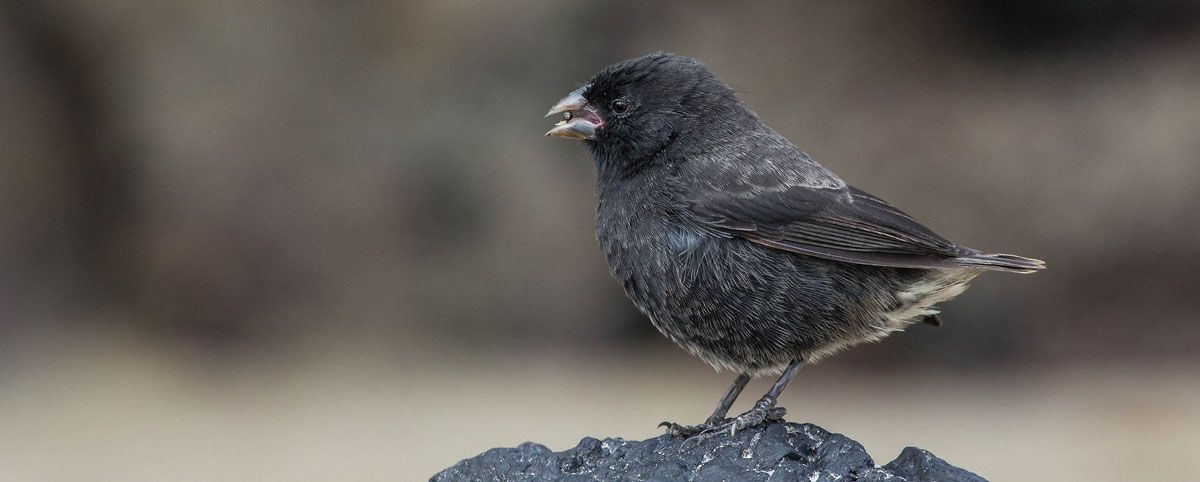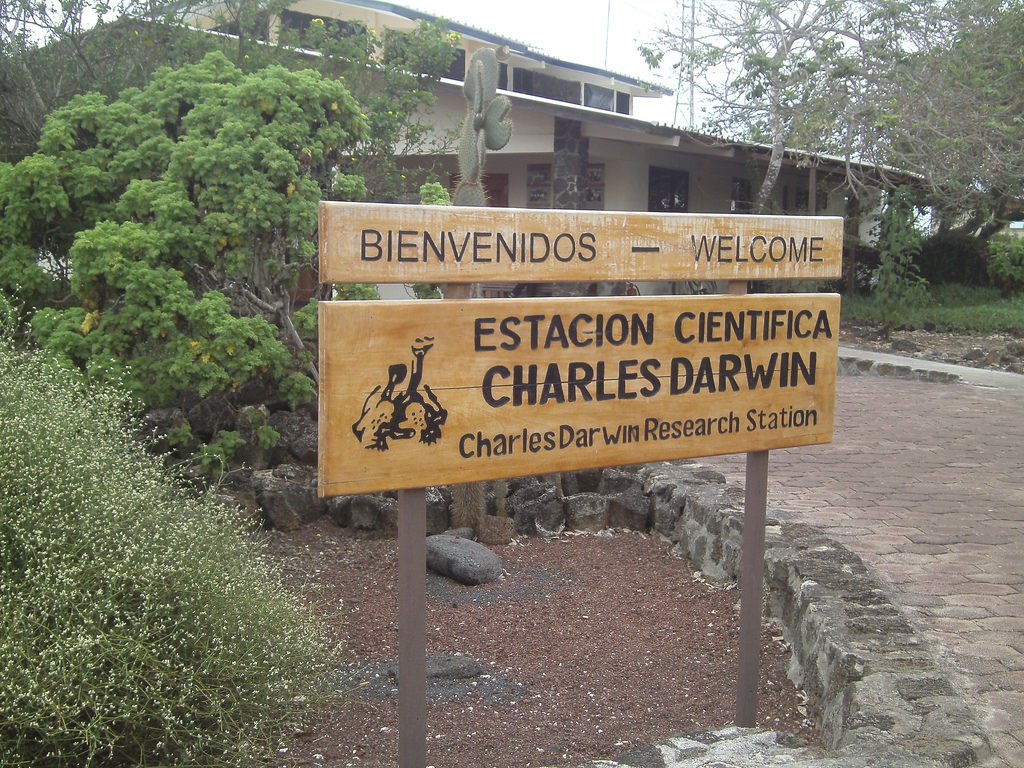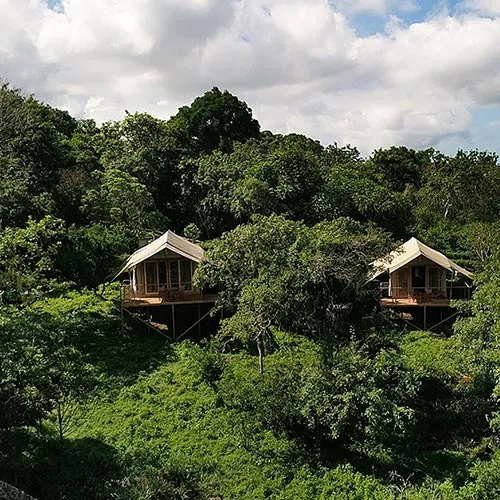Exploring the Charles Darwin Research Station
Located on the edge of Puerto Ayora on Santa Cruz Island, the Charles Darwin Research Station stands as a pivotal establishment for conservation and scientific research since its inauguration in 1964. This crucial center enables scientists to conduct research and formulate strategies to preserve the unique ecosystem of the Galapagos Islands.

The station is also the headquarters of the Charles Darwin Foundation, established in 1959 with support from UNESCO and the World Conservation Union. The foundation’s mission focuses on safeguarding the archipelago’s fragile ecosystems through vital knowledge and insights.
Named after the iconic British naturalist, Charles Darwin, the station commemorates his groundbreaking theory of natural selection, inspired by his observations in the Galapagos Islands in 1835. Contrary to popular belief, Darwin’s insights into evolution resulted not from an overnight eureka moment, but from years of meticulous study and reflection, culminating in the publication of On The Origin of Species in 1859.
Darwin’s work is epitomized by the adaptation of the Galapagos finches, with each species uniquely suited to the islands’ diverse habitats. These finches share a common ancestor, but have each adapted to a variety of habitats with differing food sources. Some have developed larger beaks to crack open nuts while others evolved longer beaks to tear into cacti and their fruits. This phenomenon is a beautiful illustration of natural selection and the adaptability of species.

Today, the Research Station has numerous functions including the protection of native species across the Galapagos Islands. One of its most recent projects tackled an epidemic of introduced parasitic flies which were laying their eggs in the finches’ nests and attacking the chicks. These flies caused huge reductions in reproduction levels of all small birds on the islands, and were a serious threat to several species’ survival. The scientists at the Charles Darwin Research Station decided to test biological control, by introducing parasitoids of the fly to the island to reduce their population. This project is ongoing and will take years to carry out, but may save the endangered finches.
A highlight of the station is its giant tortoise breeding program, initiated in 1965 to restore the populations of nine endemic tortoise species. This program has been a resounding success, with over 7,000 tortoises returned to their natural habitats, demonstrating the station’s impactful conservation efforts.
Additionally, the station boasts a natural history collection with over 89,000 specimens, serving as a vital resource for scientific research and biodiversity studies.

Visiting hours
The Station is open every day, from 8:00 to 12:30pm and 2:30pm to 5:30pm.
Consider purchasing your Galapagos souvenirs and gifts at the shop, since by doing so you’ll be contributing directly to the Darwin Foundation and National Park conservation projects.
Plan your Galapagos Vacation
Visit our Wildlife Safaris for suggested itineraries or contact one of our Safari Designers to start planning your Galapagos adventure.
